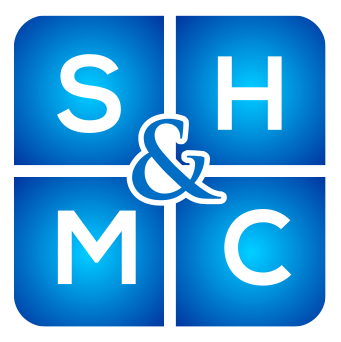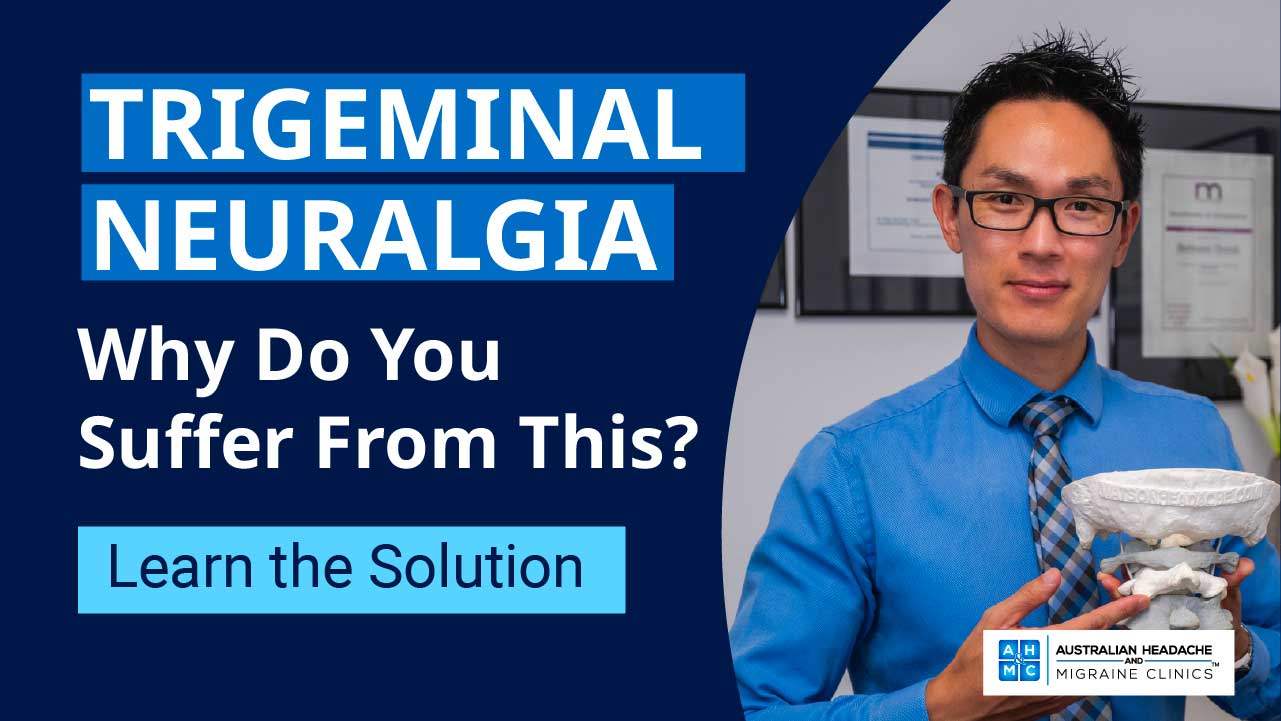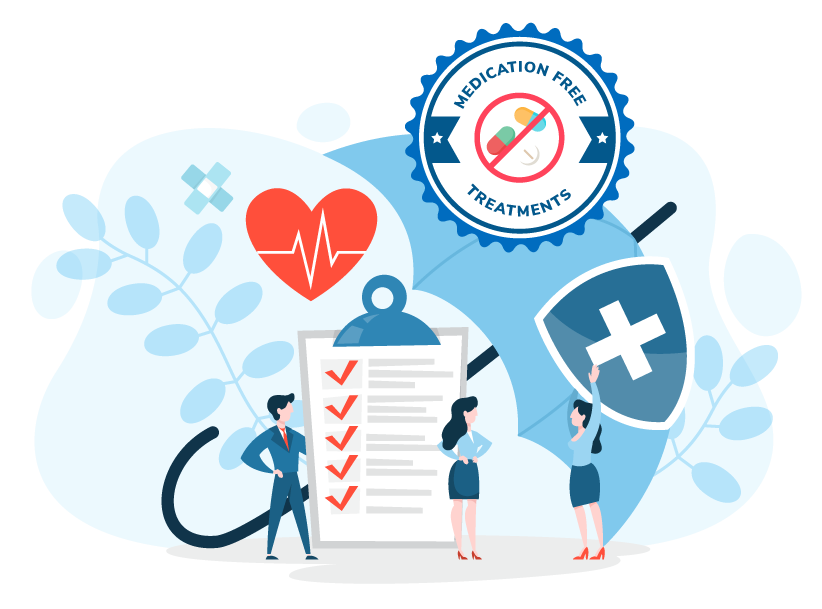I am in need of Trigeminal Neuralgia Treatment
Trigeminal Neuralgia Treatments
Trigeminal Neuralgia is a chronic and severe pain condition that affects one or more branches of the trigeminal nerve. Sensations from your face and scalp are carried by this nerve to your brain. With Trigeminal Neuralgia the pain is almost always excruciating, and it can get worse over time.
At the Sydney Headache and Migraine Clinic, we have treated countless patients with Trigeminal Neuralgia with impressive results. Our expert headache clinicians expect to observe improvement within the first 5 treatment consultations. Plus the groundbreaking techniques we use to treat trigeminal neuralgia are medication-free, surgery-free and non-invasive!
Book a consultation with us today.








